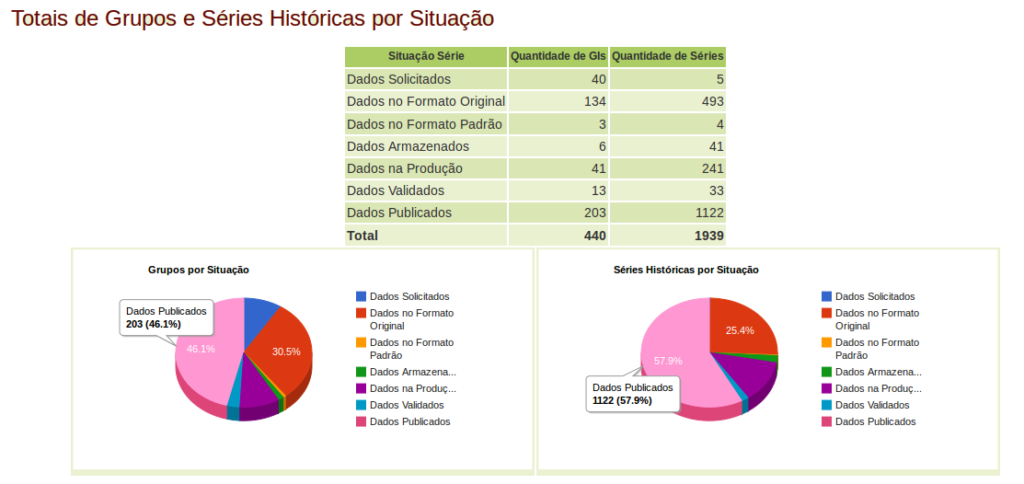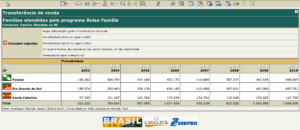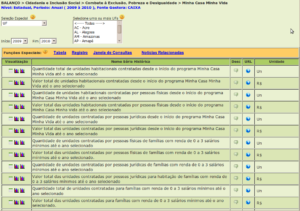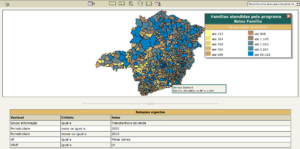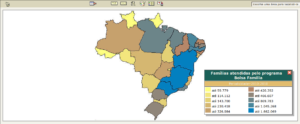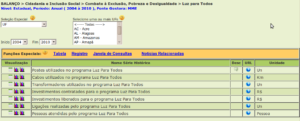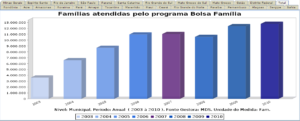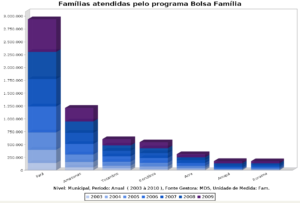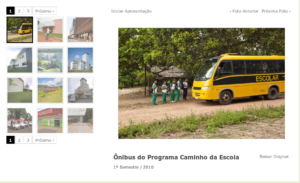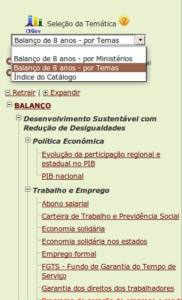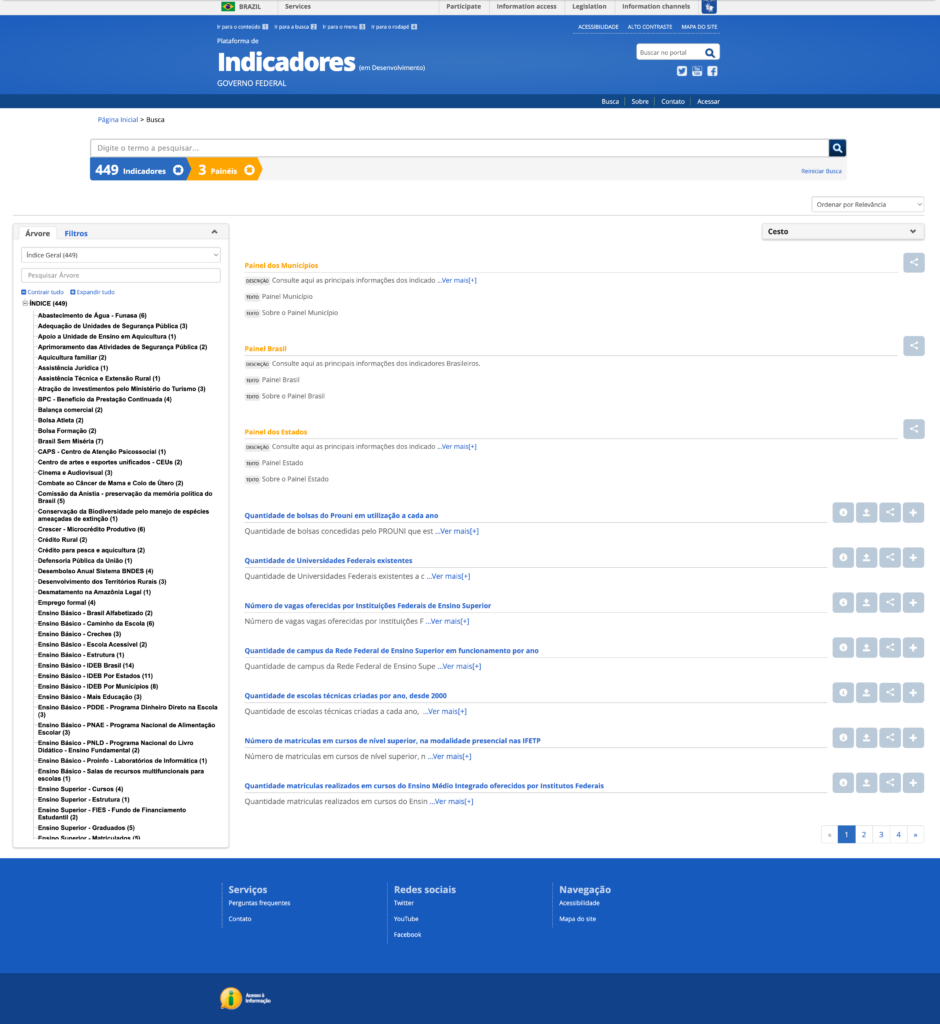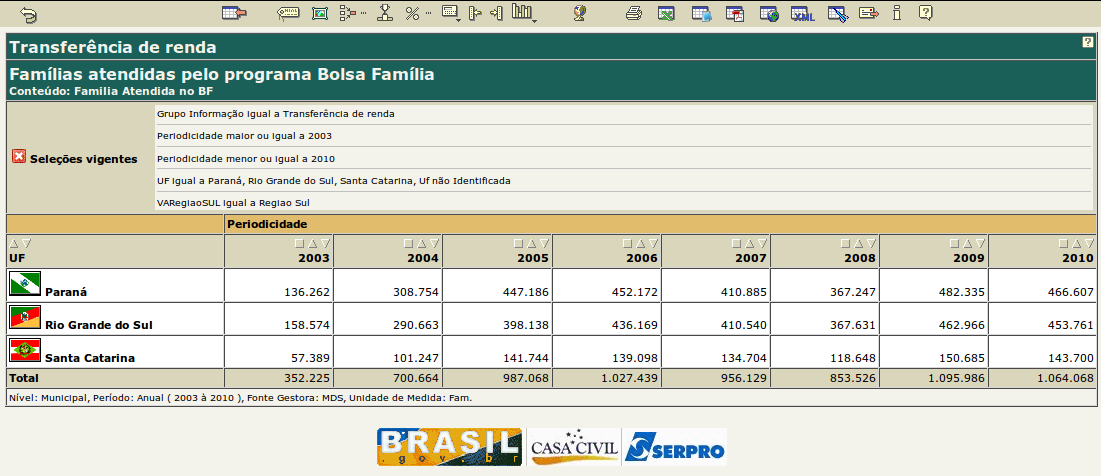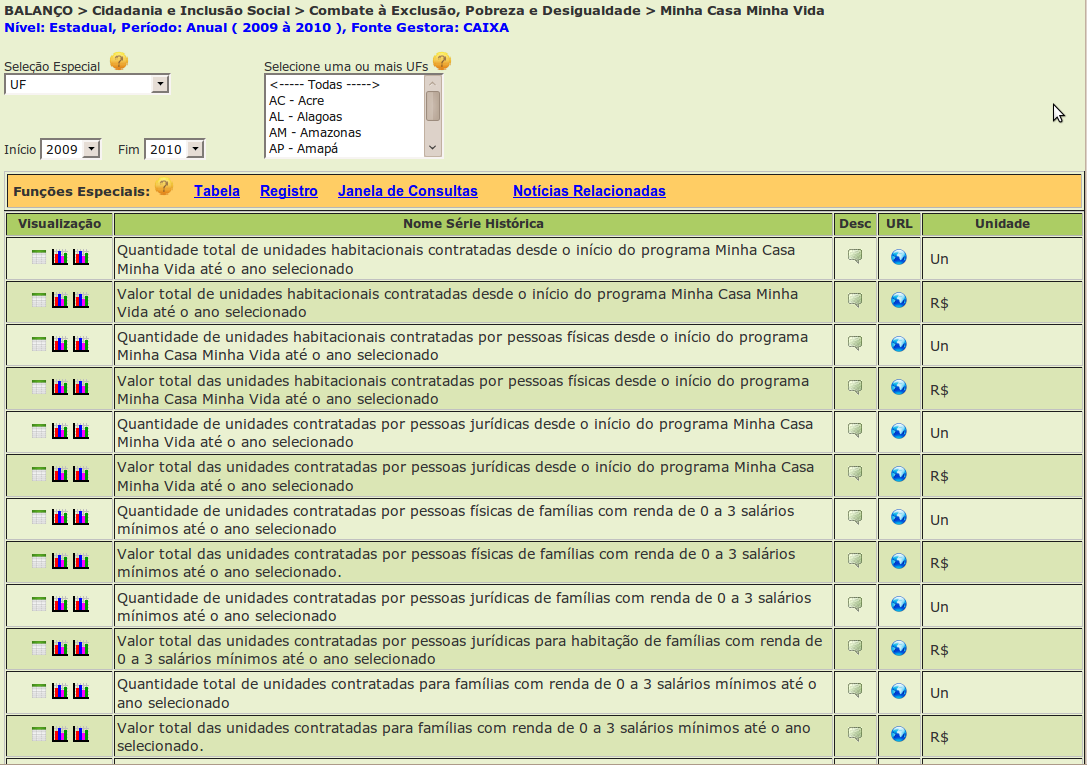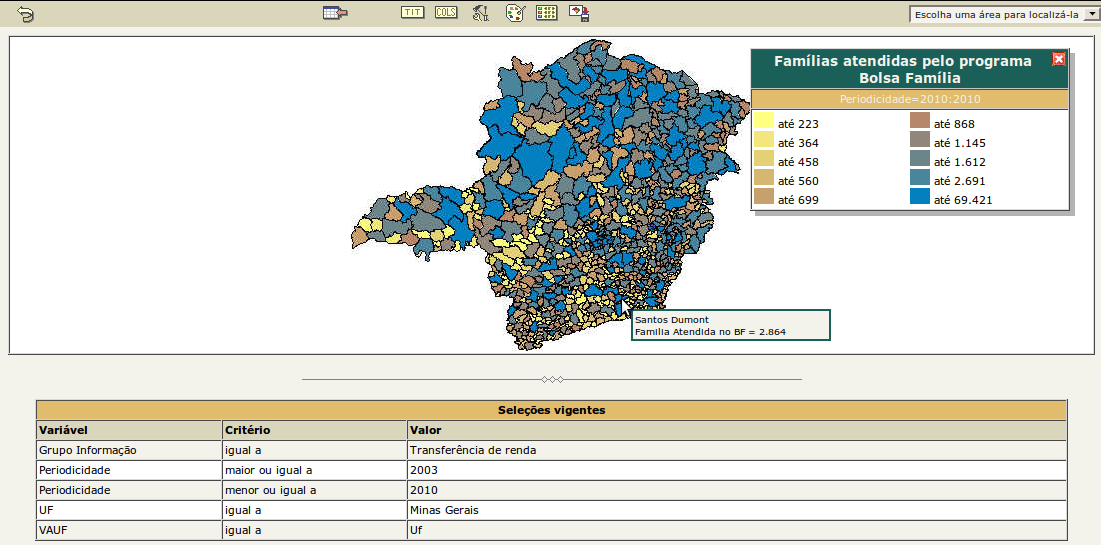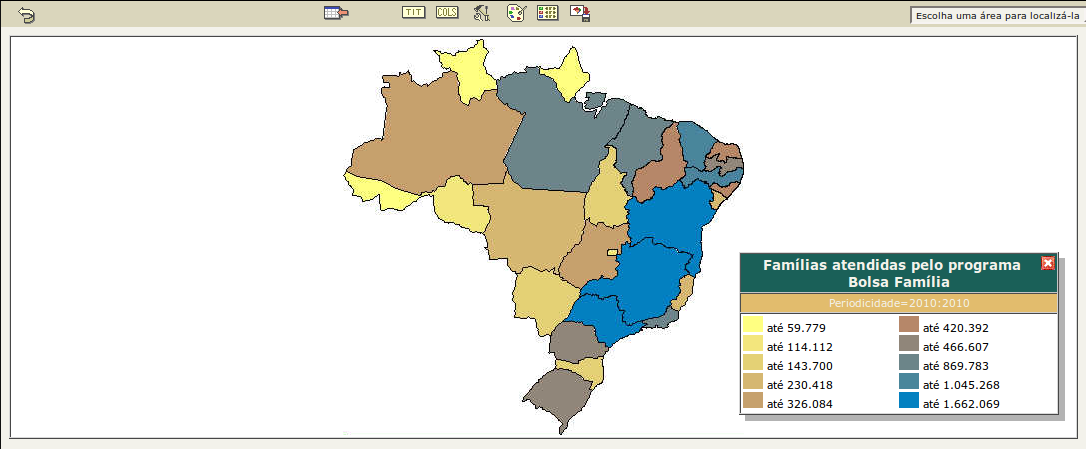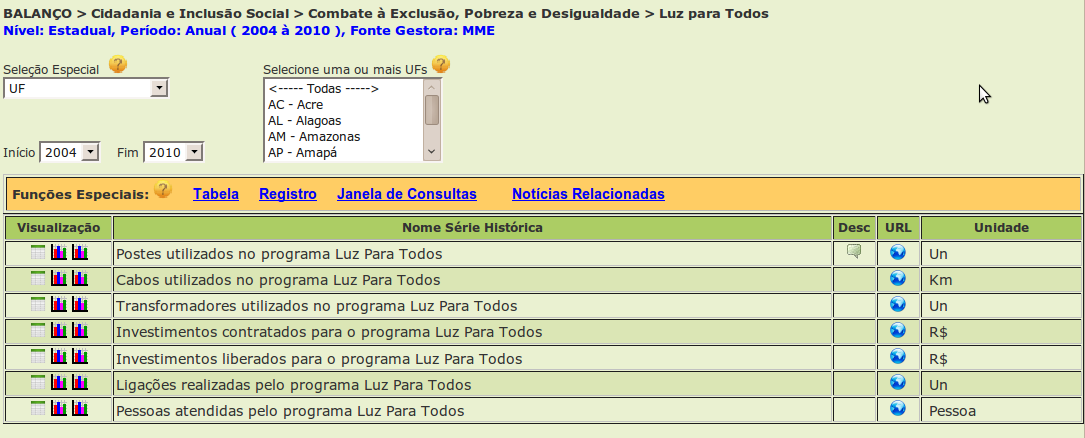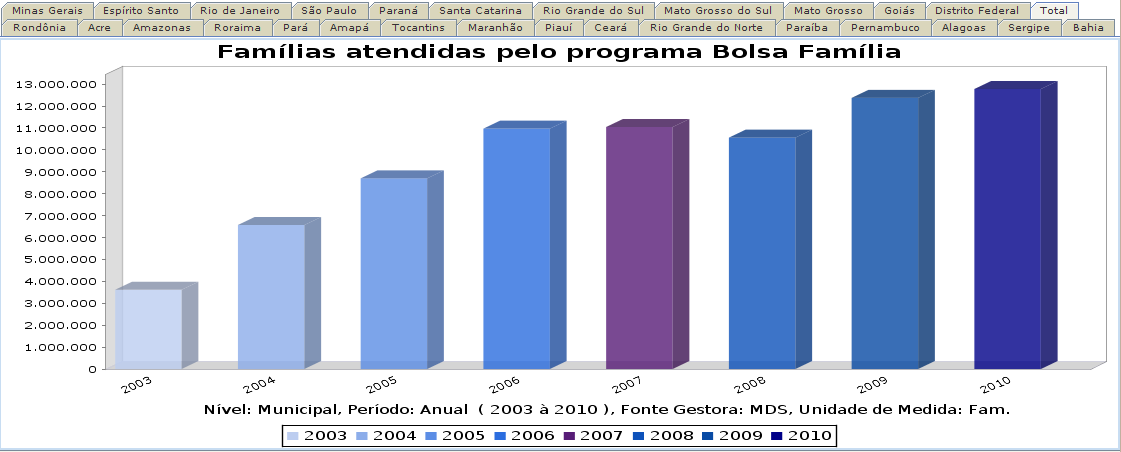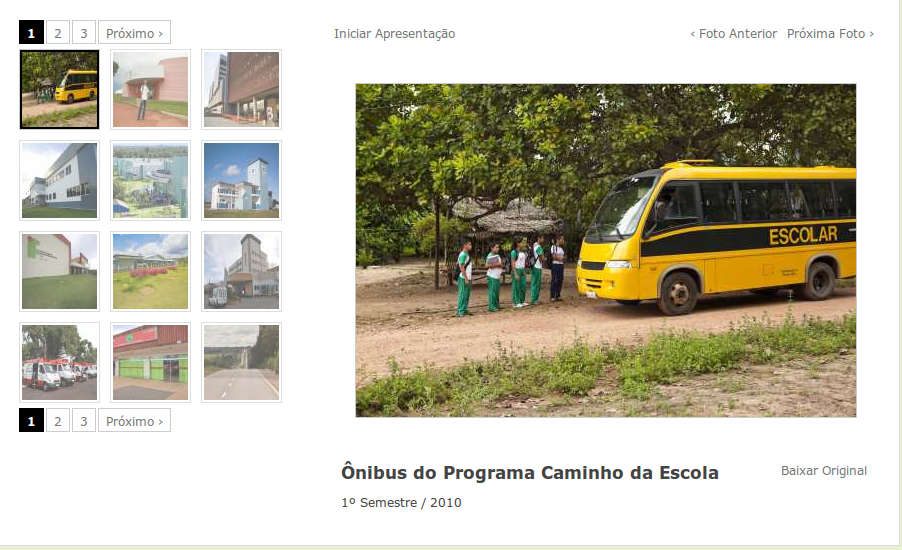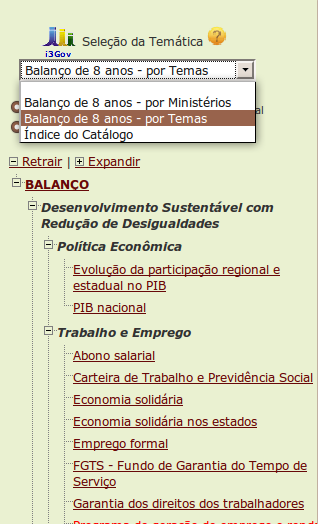| Modality | Development |
|---|---|
| Technologies | CSS, HTML, Netuno BI, PHP, Postgres |
| Platforms | Web |
| Roles | Data Analyst, Developer, IT Architect |
| Period | 2010, 2011, 2012, 2013 |
| Customer | Civil House - Presidency of the Republic |
After approximately 6 months working at SERPRO, I was transferred to an area that urgently demanded strategic interest from the Presidency of the Republic of Brazil.
The problem at the time was the balance of accounts of President Lula’s government, which was ending his second term at that time.
At that time, several reports on results achieved in public policies were processed through an internal BI platform called Netuno BI.
Netuno BI was a tool with many limitations and required much manual work from analysts interested in developing dashboards using this technology.
When I was introduced to the service that should be performed, my superiors intended that I join the team that developed the dashboards using this tool. However, I quickly realized that my mission on that team would be another.
Dashboards were created with a lot of manual work, where the data analyst needed to fill in several specific fields in configuration files, which informed the name of the columns and the number of decimal places, among many other attributes that were filled in manually and that exposed the process to many human failings.
It was quickly realized that the process was not functional and that it would be impossible to meet the requested deadline by maintaining the same process. On that occasion, I had to make a very challenging decision. I proposed a completely new process, where all these programming files were automatically generated through programming, consulting a few dozen metadata available in the database.
I already had previous experience at UFJF with successful code generator programs. I decided to call this program Autômato, and at the end of the day, it generated a ZIP package with several files recognized by Netuno BI. With this automation, it was possible to reduce a 4-hour workload to just a few seconds.
With the previous process, publishing only a few historical data series per day was possible. After this automaton’s implementation, hundreds of them could be published on the same day. In addition to this improvement, I also proposed a serial production, in which all files were transferred to the server only at the end of the day, instead of sending them one by one as was done before.
With all these improvements, it was possible to publish the almost 2,000 historical series that were part of the 6 books registered in the notary’s office that contained vital information on the Balance of the Eight Years of President Lula’s Government. As a result of this work, I was invited to the Government Balance Ceremony, which was held at the Planalto Palace in Brasília in the presence of the President of the Republic.
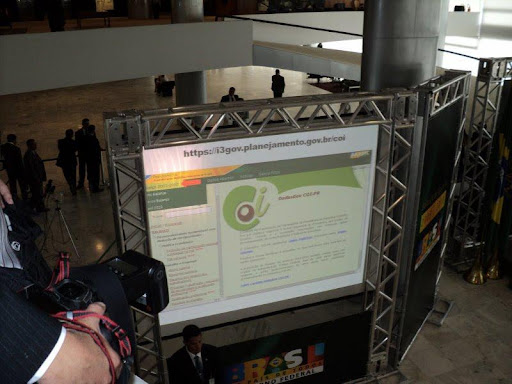
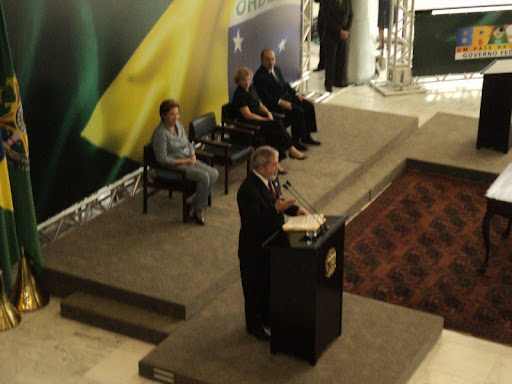
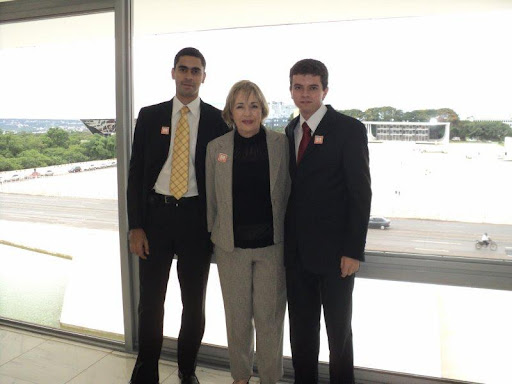
Once these hundreds of historical series were created, the next step was to develop a flow to keep this information updated. Something important to keep in mind is that communication must be planned according to the recipient of the message. This same concept can be perfectly applied in software development, in the approach that we need to speak our client’s language. Our clients were mainly advisors to the Presidency of the Republic and Ministry, and they used spreadsheets as the primary means of capturing and managing this data. Based on these premises, we developed a process that could import such information in a secure, efficient way and speak the client’s language.
This upload process was organized into six steps:
- Selection of the historical series and period to be updated;
- Automatic generation of the spreadsheet to be edited by the user with the data present in the database;
- Filling out and uploading the spreadsheet with updated data;
- Automatic detection of modifications and feedback to the user;
- User confirmation regarding the data sent and sending a textual description of the update;
- Issuance of a receipt for the update made.


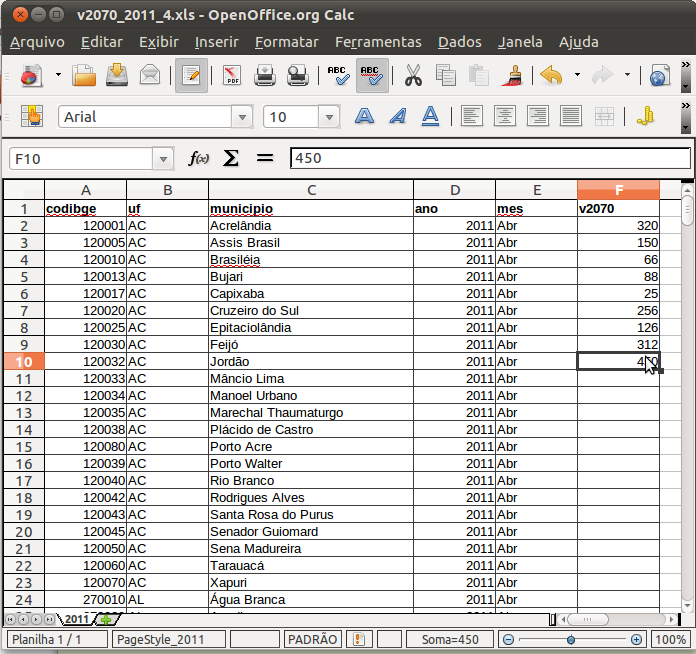
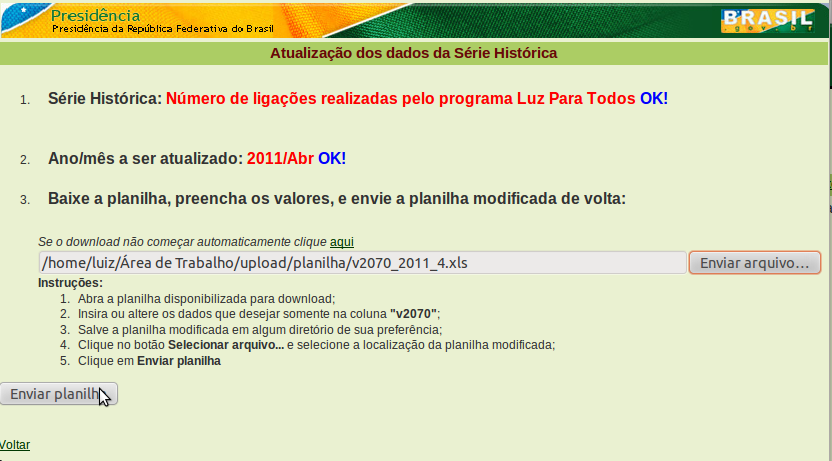


This process allowed the team’s bottleneck activities to be automated, freeing up time so that people could better exercise their creativity in evolutionary tasks that add increasingly more value to the service provided.

